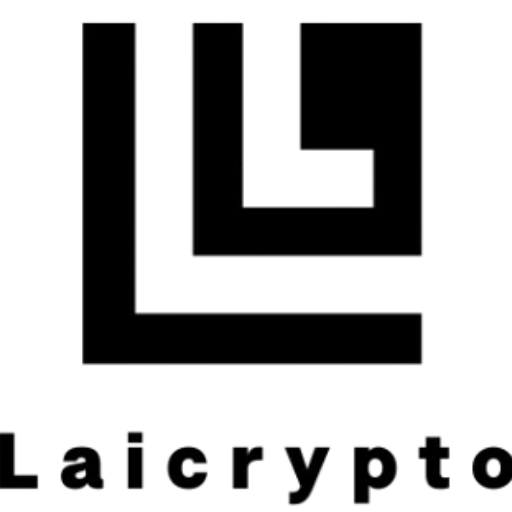Author: Michael Johnson
One of the largest sources of confusion in the question of blockchain security is the precise effect of the block time. If one blockchain has a block time of 10 minutes, and the other has an estimated block time of 17 seconds, then what exactly does that mean? What is the equivalent of six confirmations on the 10-minute blockchain on the 17-second blockchain? Is blockchain security simply a matter of time, is it a matter of blocks, or a combination of both? What security properties do more complex schemes have? Note: this article will not go into depth on the…
We are happy to announce our very first developer-preview of the Ethereum Wallet ÐApp. The point of this release is to gather feedback, squash bugs and, most importantly, get the code audited. Please note that this is a developer-preview and not the final release. We advise you to be extremely careful putting large amount of Ether in the wallet contracts. Using the wallet on the mainnet should only be done with small amounts! As Steve Ballmer once said Developers! Developers! Developers! And note that this is exactly our target audience, don’t blindly trust us and we ask (and advise!)…
The foundation is currently in the phase of restructuring its communications activities. Several members of our current communications team in London are soon leaving or reducing their involvement in the Foundation in order to pursue for-profit ventures on top of the Ethereum ecosystem; we wish them the best of luck…. Source link
DevCon 1 will be happening in London on November 9-13, a little over one hundred days since the Ethereum network launched. Over the last months, we’ve seen the network grow from a few hundred nodes starting on that one exciting and special night to a very substantial, globally deployed stable platform with thousands of devs pushing towards the decentralization revolution which motivates and inspires us. DevCon will have three primary categories of topics: Basic research and core protocols: including proof of stake, scalability, networking protocols, privacy and zero-knowledge proofs, as well as some of the more mathematical aspects of decentralized…
The following are some interesting results on the performance of different miners over the course of the first 280,000 blocks of the Ethereum blockchain. For this timespan I have collected the list of block and uncle coinbase addresses; raw data can be found here for blocks and here for uncles, and from this we can glean a lot of interesting information particularly about stale rates and how well-connected the different miners and pools are. First off, the scatter plot: What we clearly see here are a few primary trends. First of all, uncle rates are quite low compared to Olympic;…
Many of you know that the Ethereum platform grew out of the realization that blockchains can go far beyond currency, together with a frustration with the limitations of previous projects. The core idea was simple: a blockchain with a built-in Turing-complete programming language, allowing users to build any kind of applications on top. Over time, the vision evolved and expanded. The blockchain remains a crucial centerpiece, but it is ultimately only part of a larger vision of “web 3.0” as described by Gavin Wood here: a more secure, trustworthy and globally accessible internet for agreements, finance, auditing, tracking and simple…
Ryuta Aoki Ryuta is an artist, artistic director, conceptual designer, system architect, software engineer, entrepreneur, and social sculptor based in Tokyo. Ryuta describes his Learning Artifact, SOTOROJI, as part of a series of spatial devices that lead from the ordinary to the extraordinary, utilizing the modern social affordance of “seeing a QR code and scanning it with a camera,” just as soto-roji (the outer garden) in the Japanese tea ceremony serves as a space leading to a world of profound subtlety. SOTOROJI was featured as an art piece at the Devcon venue, viewed by thousands of attendees. Source link
Today, we’re excited to announce the Pectra Audit Competition, kicking off on Cantina! This month-long event will run from February 21 to March 24, and we’re excited to see what issues the security community can find. Why Pectra Matters Some of the key EIPs for Pectra are listed below From EOAs to Smart Accounts (EIP-7702) Enhances Externally Owned Accounts (EOAs) with smart contract features. Key Benefits Transaction Batching: Combine multiple operations into a single transaction.Gas Sponsorship: Others can pay fees for the account.Alternative Authentication: Use hardware security modules or passkeys for authorization.Spending Controls: Limit token usage/outflows for improved security.Recovery Mechanisms:…
My dear Ethereum community, Today, I’m excited to turn the page and share that I will be closing this chapter as Executive Director of the Ethereum Foundation soon and stepping into a new role as its President. This new opportunity will allow me to continue supporting EF’s institutional relationships, and to expand the reach of our vision and culture more broadly. I’m feeling deeply grateful and enthusiastic for what’s ahead, and while I made this decision a year ago, recent events have given me the perfect opportunity to reflect on what truly matters to me. These past few weeks have…
The security of the Ethereum protocol is continually being improved, and one recent effort is the external security review of the Pectra System Contracts. The results of this review can be found in the audits repository, and the TL;DR is that all discovered issues deemed relevant or important from these reviews have been addressed. Audit Scope and Methodology The Pectra System Contracts encompass several EIPs (EIP-2935, EIP-7002, and EIP-7251), and reviews were primarily done to: Evaluate the contracts for potential attack vectors.Ensure that the contract logic accurately implements the intended functionality as per the EIP specifications. A multi-phase approach was…


